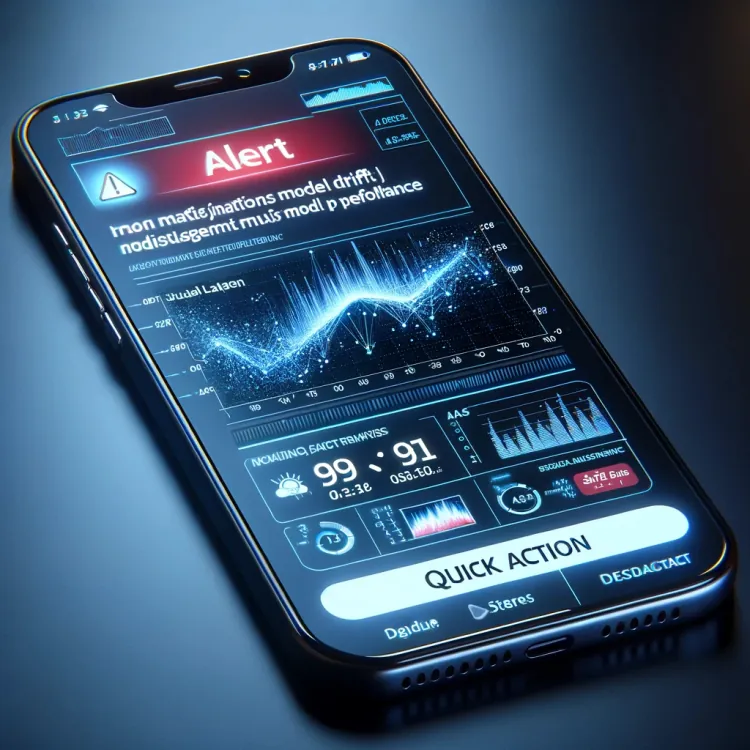The Essential Guide to ML Model Monitoring Post-Deployment
the crucial role of model monitoring in maintaining the accuracy and reliability of ML models post-deployment, ensuring compliance and adapting to data changes.

Introduction
Deploying a machine learning model is just the beginning. To ensure that the model remains effective and reliable, ongoing monitoring is essential. This guide explores why diligent model monitoring is a non-negotiable aspect of machine learning deployment, ensuring models continue to operate at their peak and adapt to changes over time.
The Basics of Model Monitoring
Model monitoring involves continuously checking and adjusting deployed machine learning models to ensure they perform as expected. This process covers everything from tracking performance metrics to updating the model in response to new data or environmental shifts.
Why Model Monitoring is Essential
Ensuring Model Accuracy and Reliability
Over time, models can degrade due to various factors such as changes in market dynamics or consumer behaviors, leading to what experts call model drift. Continuous monitoring helps identify and correct these shifts promptly, ensuring that the model remains accurate and reliable.
Adapting to Changes in Data
As new data comes in, it may exhibit different patterns or trends than the data on which the model was originally trained. Model monitoring allows for the adaptation of models to these changes, maintaining their effectiveness across varying conditions.
Compliance and Regulatory Requirements
Many industries face strict regulatory requirements that necessitate the ongoing monitoring of deployed models to ensure they do not discriminate or lead to unfair outcomes. Compliance failures can result in hefty fines and damage to a company’s reputation.
Challenges in Model Monitoring
Setting up an effective monitoring system can be technically and logistically challenging. Organizations must balance the resources allocated to model development and those dedicated to monitoring to achieve the best results.
Best Practices for Effective Model Monitoring
Incorporating advanced monitoring tools, setting regular review schedules, and training dedicated teams are among the best practices that can lead to successful model monitoring.
Case Studies
This section would feature examples from industries like finance and healthcare where model monitoring has either salvaged model performance or where its absence led to significant issues.
Conclusion
Effective model monitoring is essential for maintaining the performance, accuracy, and compliance of machine learning models post-deployment. As data and conditions change, the monitoring process ensures that models do not become obsolete, protecting the investment in machine learning.
FAQs
What is model drift? Model drift occurs when the statistical properties of the target variable, which the model predicts, change over time, leading to a decrease in model accuracy.
How often should ML models be monitored? The frequency of monitoring can vary based on the application but should be frequent enough to quickly identify and mitigate performance degradations.
Can model monitoring be automated? Yes, many aspects of model monitoring can be automated using modern tools and technologies, which can detect performance issues and trigger alerts automatically.
By prioritizing model monitoring, organizations can significantly enhance the longevity and effectiveness of their machine learning investments.
What's Your Reaction?






















